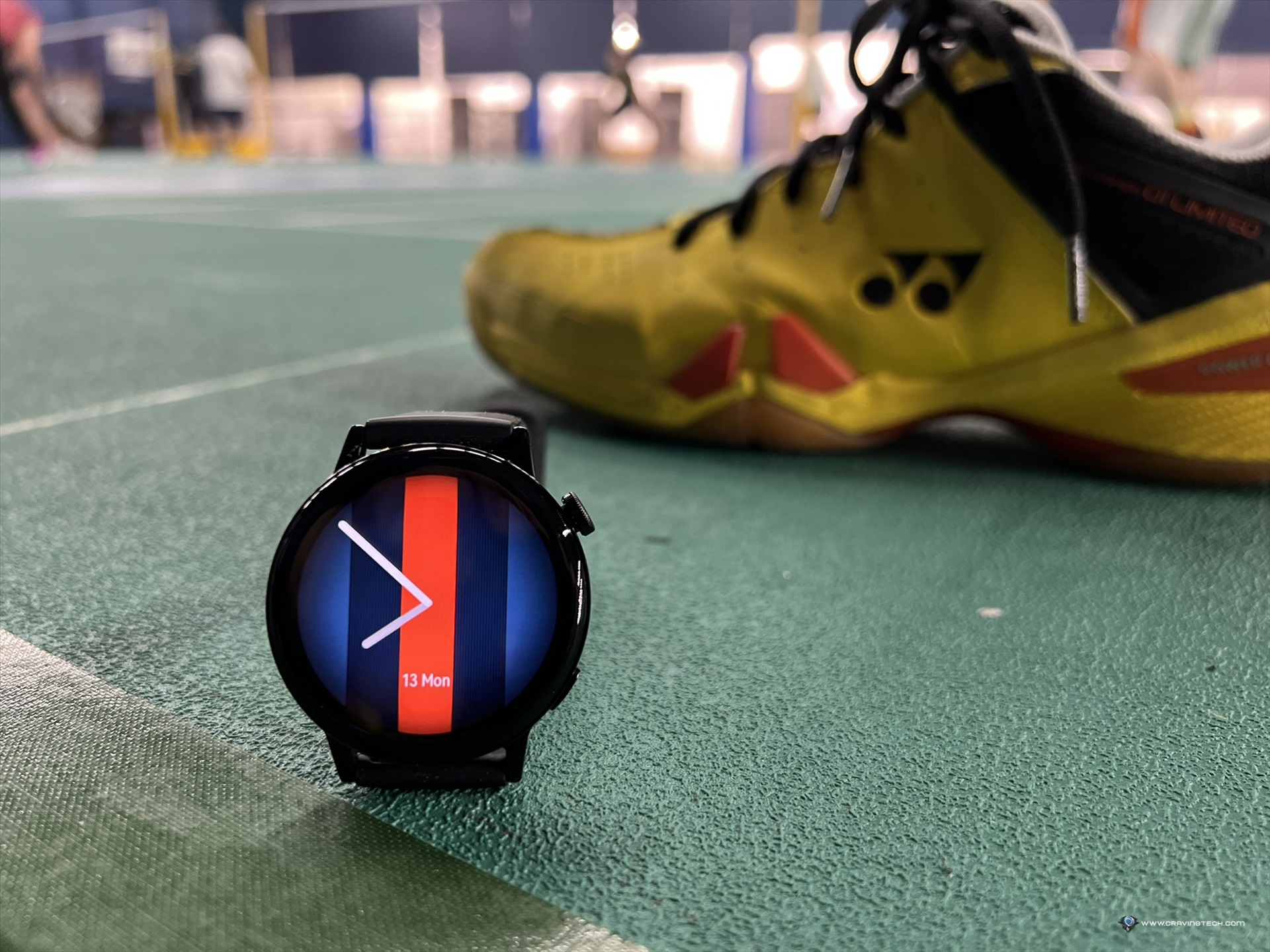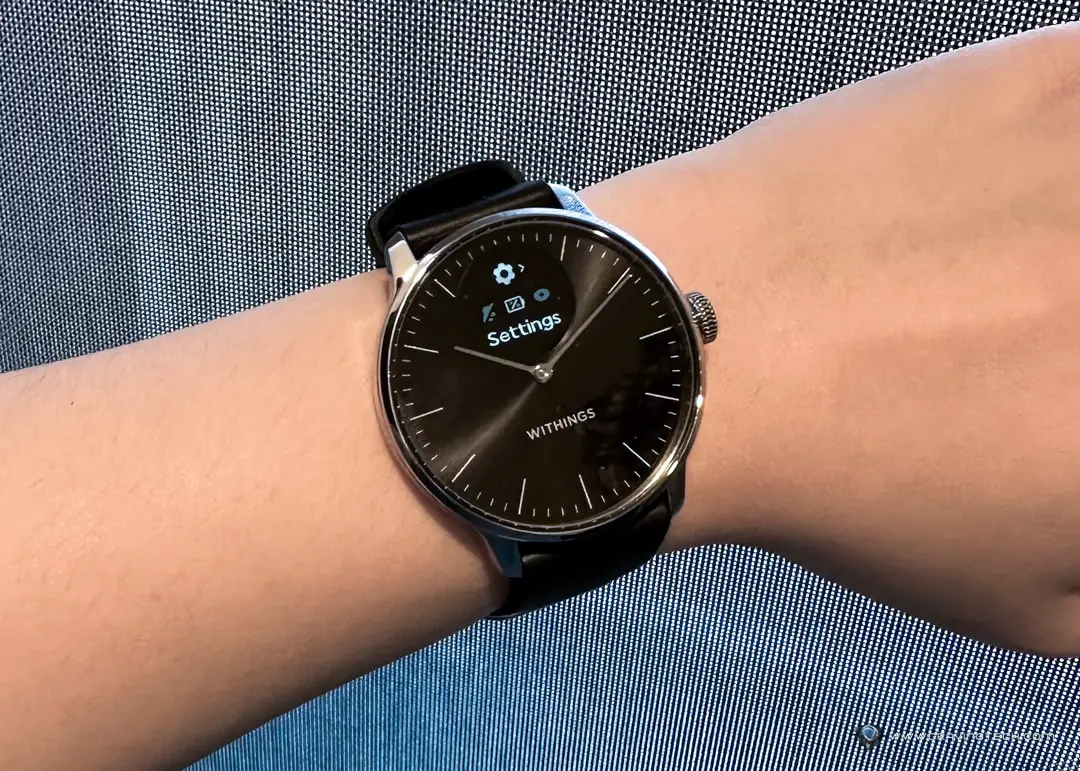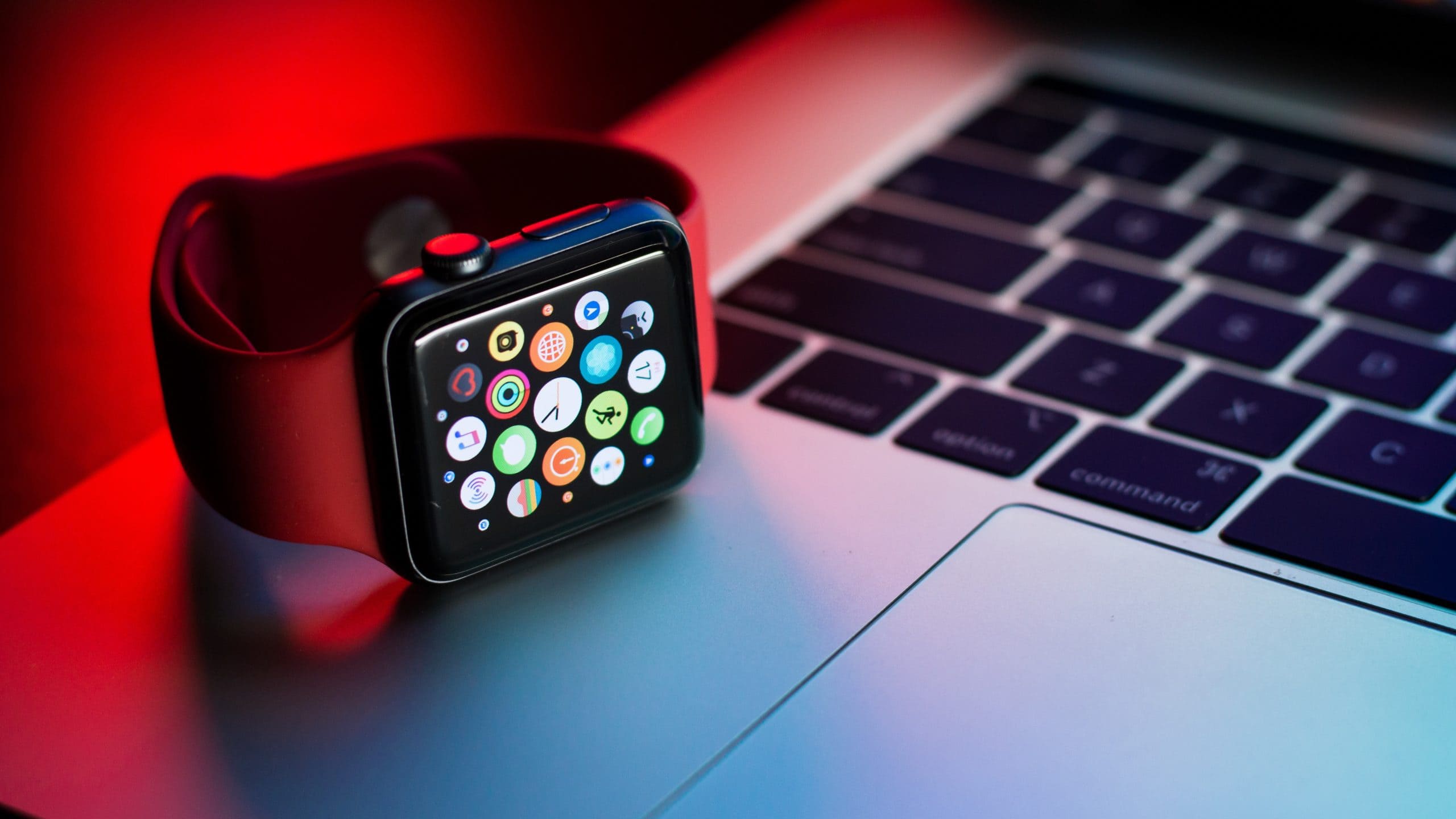Note: This is a guest post written by Jeeva Shanmugam. You can reach him on Instagram, X, or email –In the fast-paced world of technology, where smartphones have long dominated, a powerful opponent has emerged: the smartwatch. These small computers on your wrist promise a wide range of services, from fitness tracking and health monitoring to seamless communication and entertainment. However, in a vast market with numerous models and pricing points, the critical question arises: Are smartwatches genuinely worth the investment Check out the details.

Key Highlights:
- Smartwatch is a Booming Industry in Your Exciting future with health monitoring, blood glucose tracking, AR, and better battery life.
- Smartwatches offer convenience, fitness features, and style, but watch out for daily charging, high costs, and privacy issues.
- It promises advanced health features, non-invasive glucose tracking, AR, longer battery life, and seamless smart home control, shaping an integrated future.
Everything About Smartwatches
The Origins of Smartwatches: A Quest for Convenience
The origin of smartwatches can be traced back to a fundamental human desire for convenience. The ongoing demand for knowledge and communication is essential, but accessing such information from Smartphones can be difficult. Smartwatches strive to bridge this gap by providing a glanceable interface for notifications, messages, and fast tasks while seamlessly integrating into our daily lives.
Tracing the Evolution: From Bulky Prototypes to Stylish Statements
The notion of smartwatches dates back to the 1970s, but early prototypes were clumsy and lacked the processing power and connectivity we today expect. Casio’s calculator watches from the 1980s paved the way for the capabilities associated with smartwatches. The 1990s saw the release of IBM’s Simon Personal Communicator, which was touted as the first smartwatch but was hampered by a high price and limited functionality.
The twenty-first century marked a new era for smartwatches. The Fossil Wrist PDA powered by Palm OS in 2003 and the Microsoft SPOT in 2004 offered views into the future, but it wasn’t until Apple’s revolutionary Watch in 2015 that smartwatches fully captivated the public imagination. Today, brands such as Apple. Samsung, Fitbit, Garmin, and Huawei contribute to a diversified market that meets a wide range of requirements and prices.

Benefits of Smartwatches: A Symphony of Convenience and Function
Smartwatches have numerous benefits that might improve your daily life:
Enhanced Connectivity: Stay connected without reaching for your phone. Notifications, messages, and even calls can be controlled directly from your wrist.
Fitness Tracking & Health Monitoring: Monitor steps, calories, heart rate, sleep patterns, and even blood oxygen levels to promote a healthier lifestyle.
Productivity and Organization: Manage your schedule, create reminders, check the weather, and access multiple apps right from your wrist.
Entertainment & Music Control: Listen to music, podcasts, and audiobooks while working out or relaxing hands-free.
Cashless Payments: Conduct transactions using a simple tap, leaving your wallet behind.
Fashion & Style: With diverse designs and colors, smartwatches can complement your personal style statement.
Cautions & Considerations: The Other Side of the Coin
While the benefits of smartwatches are obvious, possible downsides exist.
Battery Life: Many smartwatches require daily charging, which can be inconvenient for some users.
Cost: High-end versions can be expensive, especially those with complex features.
Privacy and Security: The collection of personal data causes privacy and security issues.
Smartphone Dependence: Smartwatches are heavily reliant on smartphones for functionality, which limits their solo capabilities.
Health Tracking Accuracy: Despite advances, health tracking features may not be medically accurate and should not be used as a substitute for expert medical advice.
Affordable smartwatches: Beware of Gimmicks.
The temptation of low-cost smartwatches is appealing, but exercise care. Many inexpensive models skimp on functionality, battery life, and build quality. For a positive experience, stick with renowned businesses that have clear warranty terms.
Smartwatch Market: A Booming Industry on Your Wrist
Smartwatches have risen from niche devices to must-have technology, with a market worth of $23.5 billion in 2022 and projected to reach $121.5 billion by 2032, expanding at a rate of 17.8% per year.
Who is on Top?

Apple dominates the market with its Apple Watch series, which is popular for its iPhone connection and health features. Others, like as Samsung, Huawei, Fitbit, Garmin, and Xiaomi, provide a wide range of options to suit any budget.
Global Trends
China is the leader in smartwatch adoption, followed by the United States and India.
Health awareness, disposable income, and smartphone use all contribute to rising demand.
Revenue and Sales
In 2023, Apple earned over €14 billion from wearables, including the Apple Watch. Samsung and Huawei make significant contributions to the smartwatch sector.
What’s next?
A Booming Industry on Your Exciting Future with health monitoring, blood glucose tracking, AR, and better battery life. Expect smartwatches to get even more integrated into our daily lives. Overall, The smartwatch market is booming, offering options for all. Think about your life, budget, and preferences to find the perfect fit.
The Future of Smartwatches: A Glimpse into Technology Tomorrow
The future promises promising potential for smartwatches.
Advanced Health Monitoring: Blood pressure, ECG measurements, and blood sugar tracking may become commonplace, making smartwatches helpful health companions.
Non-Invasive Blood Glucose Monitoring: Imagine being able to track blood sugar levels without having to prick your finger, which could be a game changer for diabetics.
Augmented Reality Integration: The ability to overlay information on the real world using AR lenses has the potential to change navigation and interaction.
Improved Battery Life: A longer battery life would improve both convenience and user experience.
Seamless Smart Home Integration: Direct control of smart home devices from your wrist could create a truly connected living space.
Wrapping It All
Overall, Individual requirements and priorities will ultimately determine whether or not to invest in a smartwatch. Consider lifestyle, finances, tech-savvy, and personal preferences. If you share the active, health-conscious, and connected lifestyle that smartwatches promote, the investment may be beneficial. However, uncertainty about utility, cost, battery life, or privacy concerns necessitates a cautious approach.






